How To
Minecraft farming guide
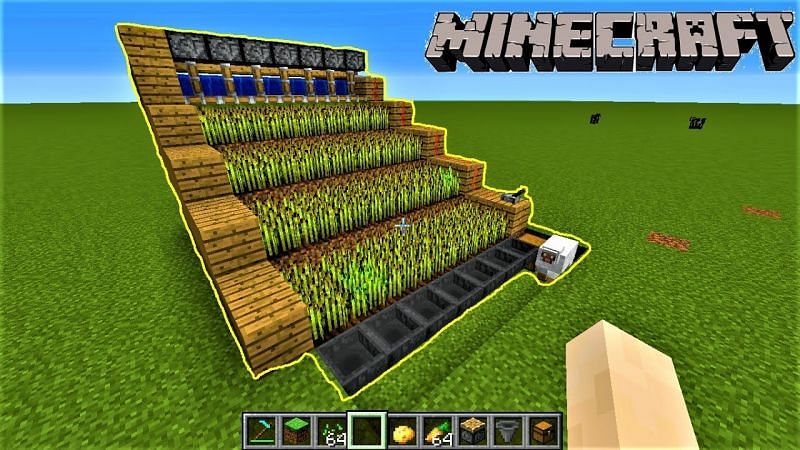
- March 3, 2020
- Updated: July 2, 2025 at 4:23 AM

We’re bringing you another of our Minecraft guides. Today, we’re looking at farming. Why do you need to farm in Minecraft? Well, because farming in the Minecraft world is a great food source just like it is in the real world. Also, just like in the real world, you will get hungry in Minecraft and want something to eat.
Farming isn’t just about food for your belly, though. You can trade your food with other players and NPCs (non-player characters), or you can simply sell it to get your hands on money, which you can then use to buy whatever you need. Like most things Minecraft though, farming is a big subject, so buckle in as we go through the basics.
What can you farm in Minecraft?
Minecraft farming: sugar cane
Sugar Cane grows naturally near water, and you can start a sugar cane farm with a single sugar cane block. It looks like green reeds and, when grown, can be used to make sugar, which can go into other food items, but also paper and other crafting items.
To grow sugar cane, you place the reeds next to a body of water you’ve either found or built. It will grow to be three blocks tall, and then you want to harvest the top two blocks and let the bottom block grow again.

Minecraft farming: chickens
Chickens are a very useful resource in Minecraft. You can cook and eat them, they also produce eggs, and you can make arrows out of their feathers. You can hunt chickens if you have some seed in your hands as they will follow you wherever you go. You’ll need to walk slowly though. This means you can build a pen and then they’ll walk into it themselves.
Another way you can start a chicken farm is by using eggs. If you can collect eggs, one out of every eight you place in your pen will hatch into a chicken.
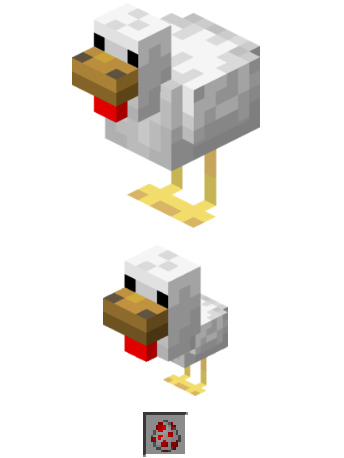
Minecraft farming: mushrooms
Mushrooms don’t need water and grow in the dark, or at least anywhere the light level is 12 or below, which means you’ll be best growing them indoors in a dimly lit room. You’ll probably be worrying about monsters now though, which spawn in the dark. You can use nearby torches, two blocks away, to prevent this or farm your mushrooms in corridors that are only one block high. This second method would work because mushrooms spread, as long as there aren’t more than five other mushrooms around, so you can direct this spread to an area where you can access them.
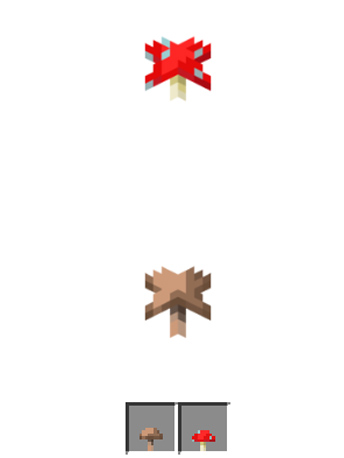
Minecraft farming: melons
Melons are quite difficult crops to grow in Minecraft, but with a bit of effort and planning, you should be able to do it. Once grown, they’re an excellent source of food as melon slices and also produce further melon seeds.
To grow melons, you need to create strips of soil that are flanked either side by strips of water and grass. This is so the grass will support the heavy melon as it grows, which is helped by the water the melon can drink. You can use fertilizer to help them grow faster, but we’ll come to that later. When you harvest melons, chop the melon block and leave the stalk block to grow again.

Minecraft farming: wheat
Wheat is a staple crop and is one of the easiest things you can grow in Minecraft. Wheat not only creates a crop for you to use, but it’ll also give you extra blocks that you can use to expand your farm.
To create a wheat farm, you’ll need to create strips of soil two blocks wide with one block wide strips of water either side. The wheat doesn’t need the water to grow, but it will grow much faster when it can access water. You need to plant your seeds in the soil and wait until the sprouts grow and turn a yellow or brown color. You then harvest the wheat and use some of the harvests to replant the wheat to grow again.

And more…
We’ve outlined some of the things you can grow on Minecraft. You can also grow things like carrots and potatoes, which grow like wheat. Another option for your melon farm would be pumpkins. You could also try your hand growing cocoa beans, cacti, or beetroot among other things.
How to: Farming in Minecraft
Minecraft farming house
The basics you’ll need for your Minecraft farmhouse beyond walls etc. are a bed, a chest, and a crafting table. With these in place you’ll always spawn nearby should you die, you’ll have somewhere to store your crops, and you’ll also be able to build new farming tools when you wear down the ones you have.
The right kind of soil
Speaking of farming tools, you’re going to need a hoe. You use a hoe to turn grass and dirt blocks into farmable soil. If you follow the guidelines laid out above, you’ll be able to create farmland in most areas and biomes. To make a hoe you need two planks and two sticks. Place one of the sticks in the center square of your crafting grid and the other directly below it. Then place one of the planks above the central stick and the other plank to the left in the top-left corner of the grid.
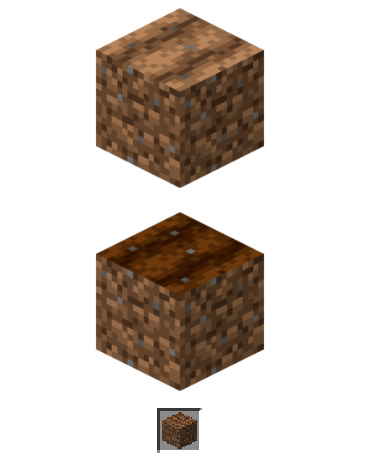
Water and light
Your crops are going to need access to water and light if they’re going to grow properly. The most efficient way to set up a farm is to build water channels next to your crops so that you don’t have to run around with buckets all the time. With light, outdoor farms will work best, except for mushrooms. You can grow indoors and even underground, but remember, if the light source isn’t as strong, the plants will take longer to grow.
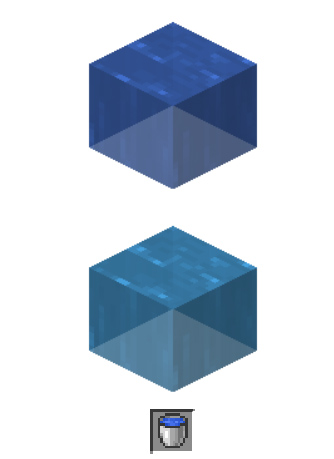
Seeds and fertilizer
You can find seeds like pumpkin seeds, wheat seeds, plant seeds, and more in chests. You can also trade for them with villagers, and even get potato and carrot seeds by killing zombies. Another source of seeds is destroying grass blocks you find dotted around the world and searching out wild versions of the plants you want to grow.
To fertilize your crops you need to use bone meal and, in some cases, the crops will grow instantly when you fertilize them. You can create bone meal yourself by grinding up the bones of skeletons you’ve destroyed in a fight.
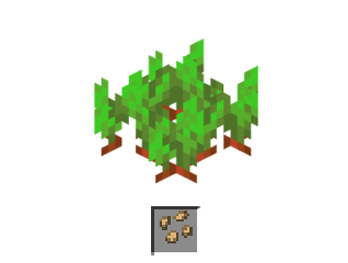
Patrick Devaney is a news reporter for Softonic, keeping readers up to date on everything affecting their favorite apps and programs. His beat includes social media apps and sites like Facebook, Instagram, Reddit, Twitter, YouTube, and Snapchat. Patrick also covers antivirus and security issues, web browsers, the full Google suite of apps and programs, and operating systems like Windows, iOS, and Android.
Latest from Patrick Devaney
You may also like
 News
NewsA hacker threw his Macbook into the river trying to avoid being caught. Of course, they caught him
Read more
- News
20% of purchases during Cyber Week were made thanks to AI
Read more
 News
NewsBefore he died, Christopher Lee watched the best of his movies in the company of the nurses
Read more
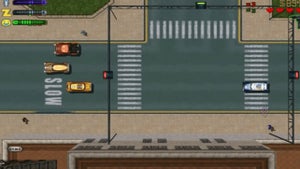 News
NewsGrand Theft Auto will not be set in the future again after the failure of 'GTA 2'
Read more
 News
News'Expedition 33' has already been plagiarized. In China, of course
Read more
 News
News'No Other Choice' has been a box office success, and it is not the only indie film that has managed to rake in a fortune
Read more